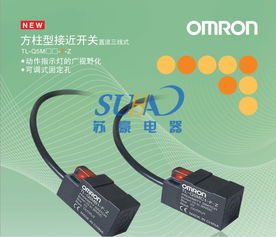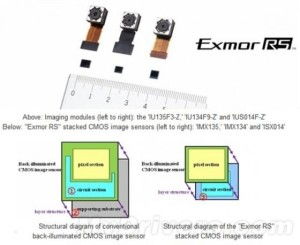Understanding OMS: A Comprehensive Overview

OMS, or Occupant Monitoring Systems, has become an integral part of modern automotive technology. This article delves into the intricacies of OMS, exploring its various dimensions and applications.
What is OMS?

OMS refers to a suite of technologies designed to monitor the health and safety of vehicle occupants. These systems can detect a range of conditions, from driver fatigue to the presence of children or pets in the vehicle.
Driver Monitoring

One of the key applications of OMS is driver monitoring. Systems like the WISe system, developed by Pontosense, use millimeter-wave radar to measure a driver’s vital signs, including heart rate and breathing rate. This information is then displayed on the car’s infotainment screen, providing real-time feedback on the driver’s condition.
| Feature | Description |
|---|---|
| Heart Rate Variability | Measures the variation in time between heartbeats, indicating stress levels. |
| Respiratory Rate | Monitors the rate at which a person breathes, providing insights into their overall health. |
| Driver Fatigue Detection | Identifies signs of driver fatigue, such as reduced responsiveness and slower reaction times. |
Passenger Monitoring
OMS can also monitor passengers, ensuring their safety and well-being. For instance, the system can detect the presence of children or pets left unattended in the vehicle, especially in hot weather conditions. This feature can prevent heat-related injuries or fatalities.
Environmental Factors
One challenge in OMS is dealing with environmental factors that can interfere with the accuracy of vital sign measurements. For example, noise from the car’s engine or safety belts can affect the detection of heart rate and breathing rate. Advanced algorithms and sensor technology are employed to mitigate these issues.
Applications Beyond Automotive
OMS technology is not limited to the automotive industry. It has potential applications in healthcare, sports, and other fields. For instance, in healthcare, OMS can be used to monitor patients’ vital signs in real-time, providing valuable insights into their condition.
Conclusion
OMS is a versatile and powerful technology that has the potential to revolutionize the way we think about vehicle safety and health monitoring. As the technology continues to evolve, we can expect to see even more innovative applications in the future.


